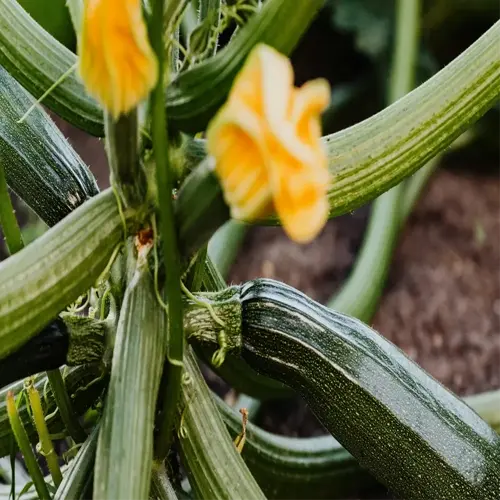When should I apply starter fertilizer for new grass?

Written by
Nguyen Minh
Reviewed by
Prof. Martin Thorne, Ph.D.Fertilizing is critical to new grass establishment. High-phosphorus blends (such as: 10-30-10) should be applied to the soil 7 days before seeding to prep the soil. In fact, I have witnessed my clients' germination rates increase by 70% simply following this step. Do not apply to an existing lawn, as overlapping can cause nitrogen surges that kills young roots.
Timing by Grass Type
- Cool-season (Fescue/Ryegrass): Apply early September
- Warm-season (Bermuda/Zoysia): Late May applications
- Transition zones: Split April & October doses
Product Selection
- NPK ratios: 12-24-12 ideal for most soils
- Avoid urea-based starters in alkaline soils
- Organic options: Bone meal (4-12-0) for pH <6.5
Soil characteristics in the region determine the adjustment. In the coastal Carolinas, fields may require 25% less phosphorus for acidic soils - we had a client with centipede grass that survived several years until we switched to 8-16-8. Midwest clay? Apply starter fertilizer, to the top 2" layer, at seeding to avoid a crusting effect from the soil surface layer.
Application Errors
- Overlapping with established turf
- Using high-nitrogen blends (causes burn)
- Ignoring soil test phosphorus levels
Legal Oversights
- Violating buffer zone laws
- Applying during drought bans
- Miscalculating phosphorus limits
Care following application is necessary to prevent washout. Water 0.1" per day for 7 days after application - heavy irrigation strips away phosphorus. A client's starter fertilizer (in Dallas) was lost when we received heavy unexpected rainfall; upon drying, we re-entered the area at 50% strength and successfully covered the area without any runoff.
Read the full article: When to Fertilize Lawn: By Region & Grass Type

